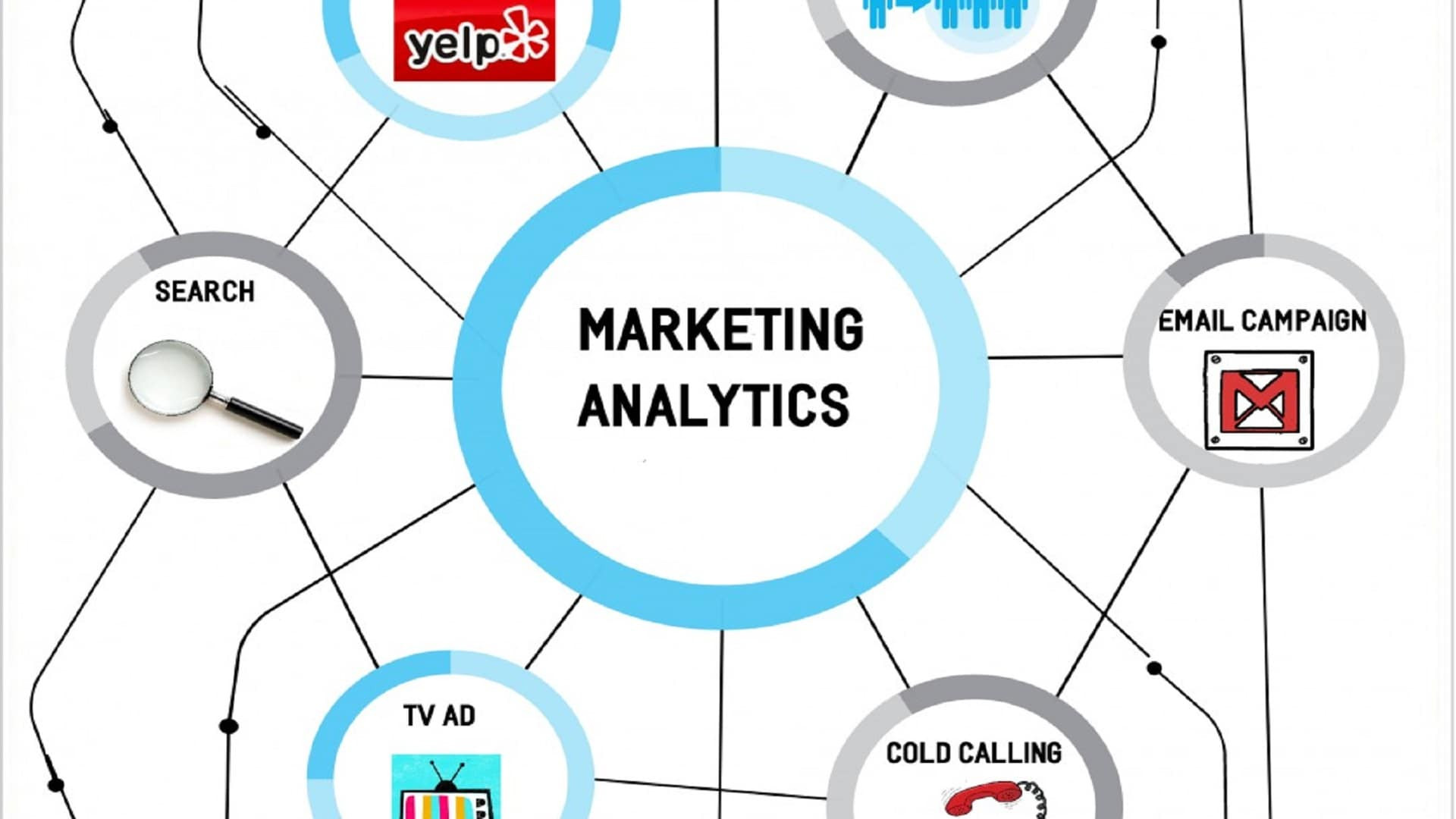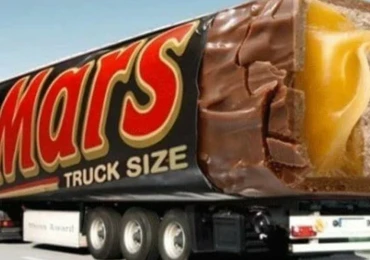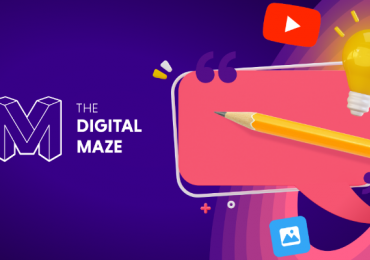
It is the use of data and statistics to analyze and understand customer behavior, identify marketing opportunities, and improve marketing strategies. This type of marketing relies on collecting data from multiple sources, such as websites and social media, to provide insights that support effective marketing decision-making.
Characteristics and characteristics of graphical marketing:
Benefits and features of graphical marketing:
Disadvantages of analytics marketing:
Types of analytics marketing:
Examples of graph analytics marketing:
- Netflix: uses graph analytics to recommend movies and series based on viewers’ preferences.
- Amazon: relies on graph analytics to provide personalized product suggestions for each customer.
- Coca-Cola: uses graph analytics to understand customer preferences and develop targeted marketing campaigns.
Graph analytics marketing is a powerful tool for improving marketing performance and understanding customers more deeply. It can increase campaign effectiveness and reduce costs through more precise targeting and personalized messaging. Despite its costs and complexities, graph analytics provides great value for companies seeking to stay ahead of the curve and achieve tangible marketing results.

20/08/2024

14/08/2024

30/08/2024

18/08/2024

01/09/2024

18/08/2024

30/08/2024

23/08/2024

20/08/2024

30/08/2024

30/08/2024

30/08/2024

18/08/2024

20/08/2024

30/08/2024

16/08/2024

15/08/2024

15/08/2024

20/08/2024

01/09/2024